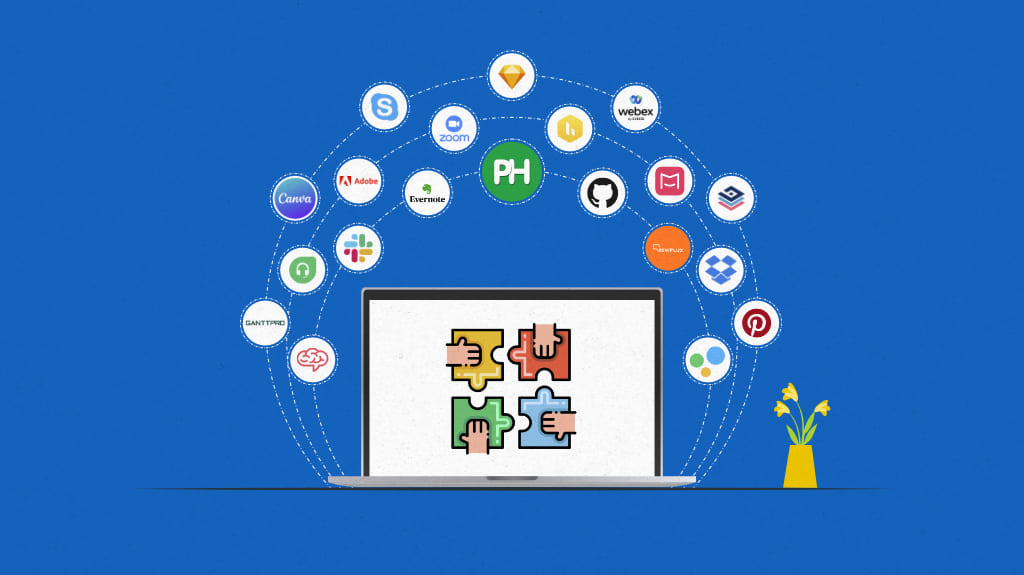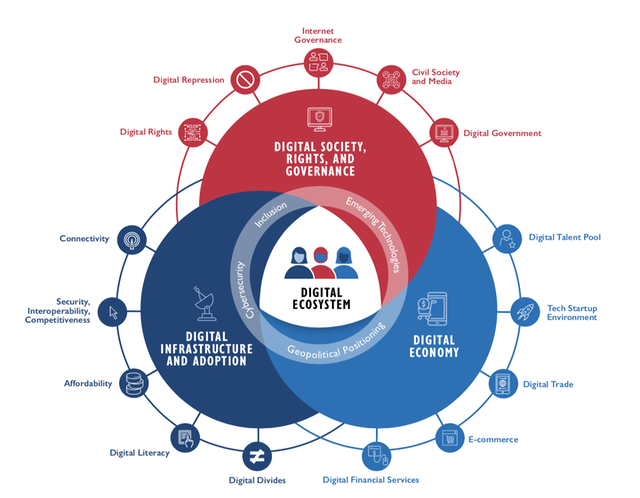
Mastering the Art of Website Maintenance: Advanced Techniques for Optimal Performance

Photo on Pexels
Understanding the Importance of Website Maintenance
In today’s digital landscape, a well-maintained website is essential for business success. A website that is neglected can quickly become outdated, insecure, and ineffective, leading to a poor user experience and a loss of potential customers. Effective website maintenance is crucial for ensuring that a website remains functional, secure, and optimized for performance.

Image source: Pexels.
Regular website maintenance enhances the user experience and helps protect a business’s online presence and reputation. By staying on top of website updates, security patches, and content management, businesses can ensure that their website continues to attract and engage their target audience.
Moreover, website maintenance is vital in search engine optimization (SEO). By keeping a website’s content, structure, and technical aspects up-to-date, businesses can improve their search engine rankings and increase their visibility online.
Common Website Maintenance Tasks
Maintaining a website involves a variety of tasks, each of which is essential for ensuring optimal performance and security. Some of the most common website maintenance tasks include:
- Content Management: Regularly updating and refreshing website content to keep it relevant, engaging, and aligned with the business’s goals.
 Image source: Pexels.
Image source: Pexels. - Software and Plugin Updates: Ensuring that all website software, plugins, and content management systems are up-to-date and secure.
- Backup and Data Protection: Implementing a robust backup strategy to protect against data loss and ensure the ability to quickly restore a website in the event of an emergency.
- Performance Optimisation: Optimising website speed and performance to provide a seamless user experience and improve search engine rankings.
 Image source: Pexels.
Image source: Pexels. - Security Monitoring: Continuously monitoring a website for potential security threats and implementing measures to protect against cyber attacks.

- Analytics and Reporting: Tracking and analyzing website performance metrics to identify areas for improvement and make data-driven decisions.
By addressing these maintenance tasks regularly, businesses can ensure that their website remains a valuable asset and continues to drive success.
Regular Backups and Data Protection
One of the most critical aspects of website maintenance is implementing a reliable backup and data protection strategy. Websites can be vulnerable to a variety of threats, including hardware failures, software glitches, human errors, and cyber attacks. In the event of a disaster, businesses need to be able to quickly restore their website and its associated data to minimize downtime and prevent the loss of valuable information.
Image source: Linkedln.
To ensure effective data protection, businesses should implement a comprehensive backup plan that includes regular full backups, incremental backups, and off-site storage. This can be achieved through a combination of manual backups, automated backup tools, and cloud-based backup services. Additionally, businesses should regularly test their backup and restore processes to ensure that they can quickly and efficiently recover their website in the event of an emergency.
By investing in robust backup and data protection measures, businesses can safeguard their online presence and protect their valuable data from potential threats.
Optimizing Website Speed and Performance
Website speed and performance are crucial factors in determining the user experience and the overall success of a website. Slow-loading websites can lead to high bounce rates, reduced engagement, and a negative impact on search engine rankings.
To optimize website speed and performance, businesses should consider a range of techniques, including:
- Image and Media Optimisation: Compressing and optimizing images, videos, and other media files to reduce their file size and improve loading times.
- Caching and Content Delivery Networks (CDNs): Implementing caching mechanisms and leveraging CDNs to serve content from the nearest server, reducing latency and improving response times.
- Code Optimisation: Minifying and optimizing HTML, CSS, and JavaScript code to reduce file size and improve rendering speed.
- Server and Hosting Optimisation: Ensuring that the website’s hosting infrastructure is optimized for performance, with adequate server resources and efficient configurations.
- Website Structure and Navigation: Streamlining the website’s structure and navigation to reduce the number of HTTP requests and improve the overall user experience.
By addressing these performance optimization techniques, businesses can enhance the user experience, improve search engine rankings, and ultimately drive more conversions and sales.
Enhancing Website Security
Website security is a critical aspect of website maintenance, as it protects a business’s online presence, customer data, and overall reputation. Websites can be vulnerable to a variety of cyber threats, including hacking attempts, malware infections, and data breaches.

To enhance website security, businesses should consider implementing the following measures:
- Regular Software and Plugin Updates: Keeping all website software, content management systems, and plugins up-to-date with the latest security patches and bug fixes.
- Strong Access Control: Implementing robust user authentication and access control mechanisms to prevent unauthorized access to the website’s backend.
- Secure Coding Practices: Ensuring that the website’s code is written with security best practices in mind, such as input validation, output encoding, and secure coding standards.
- Firewall and Intrusion Detection: Deploying web application firewalls and intrusion detection systems to monitor and protect the website from malicious activity.
- Secure Hosting and SSL/TLS Encryption: Choosing a reputable and secure hosting provider and ensuring that the website is served over a secure HTTPS connection.
By taking a proactive approach to website security, businesses can protect their online presence, safeguard customer data, and maintain the trust and confidence of their audience.
Updating and Maintaining Website Content
Effective website maintenance also involves regularly updating and maintaining the website’s content. This includes:
- Content Audits: Periodically review the website’s content to ensure that it is accurate, relevant, and aligned with the business’s goals and target audience.
- Content Refreshes: Updating and refreshing existing content to keep it up-to-date and engaging for the audience.
- New Content Creation: Developing and publishing new, high-quality content that addresses the needs and interests of the target audience.

- Content Organisation and Structure: Optimising the website’s content structure and navigation to improve the user experience and facilitate easy access to information.
- Content Optimisation for SEO: Ensuring that the website’s content is optimized for search engines, with the appropriate use of keywords, metadata, and other SEO best practices.
By maintaining a consistent and engaging content strategy, businesses can keep their website fresh, relevant, and appealing to their target audience, ultimately driving increased traffic, engagement, and conversions.
Monitoring Website Analytics and Performance Metrics
Effective website maintenance also involves continuously monitoring and analyzing website performance metrics. By tracking and analyzing key data points, businesses can gain valuable insights into their website’s performance and make informed decisions to improve its effectiveness. 
Some of the key metrics to monitor include:
- Traffic and Engagement: Tracking website traffic, user behavior, and engagement metrics such as bounce rate, time on site, and page views.
- Conversion Rates: Monitoring the website’s conversion rates, such as lead generation, sales, or other desired actions, to identify areas for improvement.
- Search Engine Visibility: Tracking the website’s search engine rankings, organic traffic, and keyword performance to assess the effectiveness of SEO efforts.
- Technical Performance: Monitoring website speed, uptime, and other technical performance metrics to identify and address any issues.
- Security and Compliance: Tracking website security events, such as attempted hacks or data breaches, and ensuring compliance with relevant regulations and industry standards.
By regularly analyzing these performance metrics, businesses can make data-driven decisions to optimize their website’s content, functionality, and overall user experience, ultimately driving better results and achieving their business objectives.
Implementing SEO Best Practices for Website Maintenance
Search engine optimization (SEO) is a crucial aspect of website maintenance, as it helps to improve the website’s visibility and ranking in search engine results. By implementing SEO best practices, businesses can attract more qualified traffic, increase their online presence, and ultimately drive more conversions and sales.
Some of the key SEO best practices for website maintenance include:
- Keyword Research and Optimisation: Identifying and incorporating relevant keywords into the website’s content, metadata, and structure to improve search engine visibility.
- Content Optimisation: Ensuring that the website’s content is well-written, engaging, and optimized for both users and search engines.
- Technical SEO Improvements: Addressing technical SEO factors, such as website structure, page speed, and mobile-friendliness, to enhance the website’s performance in search engine rankings.
- Link Building and Authority: Developing a strong backlink profile and building the website’s domain authority through strategic link-building and content marketing efforts.
- Ongoing Monitoring and Refinement: Continuously monitoring the website’s SEO performance, identifying areas for improvement, and make adjustments to the SEO strategy as needed.
By integrating SEO best practices into the website maintenance process, businesses can ensure that their website remains visible, relevant, and appealing to both users and search engines.
Testing and Troubleshooting for Optimal Functionality
Maintaining a website’s optimal functionality is essential for providing a seamless user experience and ensuring the continued success of a business’s online presence. This involves regular testing and troubleshooting to identify and address any issues that may arise.
Some key aspects of testing and troubleshooting for website maintenance include:
- Functionality Testing: Regularly testing the website’s core functionalities, such as navigation, forms, e-commerce features, and content management, to ensure they are working correctly.
- Cross-Browser and Device Testing: Ensuring that the website is compatible and performs well across different web browsers and devices, including desktops, tablets, and smartphones.
- Security Testing: Conduct regular security audits and penetration testing to identify and address any vulnerabilities or potential security threats.
- Performance Testing: Evaluating the website’s speed, loading times, and overall performance to identify and address any bottlenecks or optimization opportunities.
- Troubleshooting and Issue Resolution: Quickly identify and resolve any issues or errors that may arise, such as broken links, server errors, or plugin conflicts.
By implementing a comprehensive testing and troubleshooting strategy, businesses can ensure that their website remains functional, secure, and optimized for the best possible user experience.
Resources for Mastering Website Maintenance Techniques
Mastering the art of website maintenance can be a complex and ongoing process, but there are numerous resources available to help businesses and website owners stay up-to-date with the latest techniques and best practices.
Some valuable resources for website maintenance include:
- Online Tutorials and Guides: Numerous websites and online resources, such as blogs, webinars, and video tutorials, offer in-depth guidance on various website maintenance tasks and techniques.
- Industry Publications and Newsletters: Subscribing to industry-specific publications and newsletters can help businesses stay informed about the latest trends, updates, and best practices in website maintenance.
- Professional Development Courses: Enrolling in professional development courses or workshops on website maintenance, web development, and digital marketing can help businesses deepen their knowledge and skills.
- Online Communities and Forums: Participating in online communities, forums, and discussion groups can provide valuable peer-to-peer learning opportunities and access to expert advice.
- Consulting and Managed Services: Engaging with website maintenance and digital agency services can provide businesses with access to a team of experts who can handle the day-to-day maintenance tasks and ensure optimal website performance.
By leveraging these resources, businesses can continually expand their knowledge, stay ahead of the curve, and master the art of website maintenance for long-term success.
Conclusion
Effective website maintenance is a critical component of a successful online presence. By understanding the importance of website maintenance, implementing common maintenance tasks, and leveraging advanced techniques for optimizing performance, businesses can ensure that their website remains a valuable asset that drives growth, engagement, and conversions.

Hire JBM Digital to help maintain your website and ensure it remains a powerful tool for your business. Our team of experts specializes in website maintenance, security, performance optimization, and more.
Contact us today to learn how we can help take your website to new heights.

 Image source: Pexels.
Image source: Pexels. Image source: Pexels.
Image source: Pexels.












Recent Comments